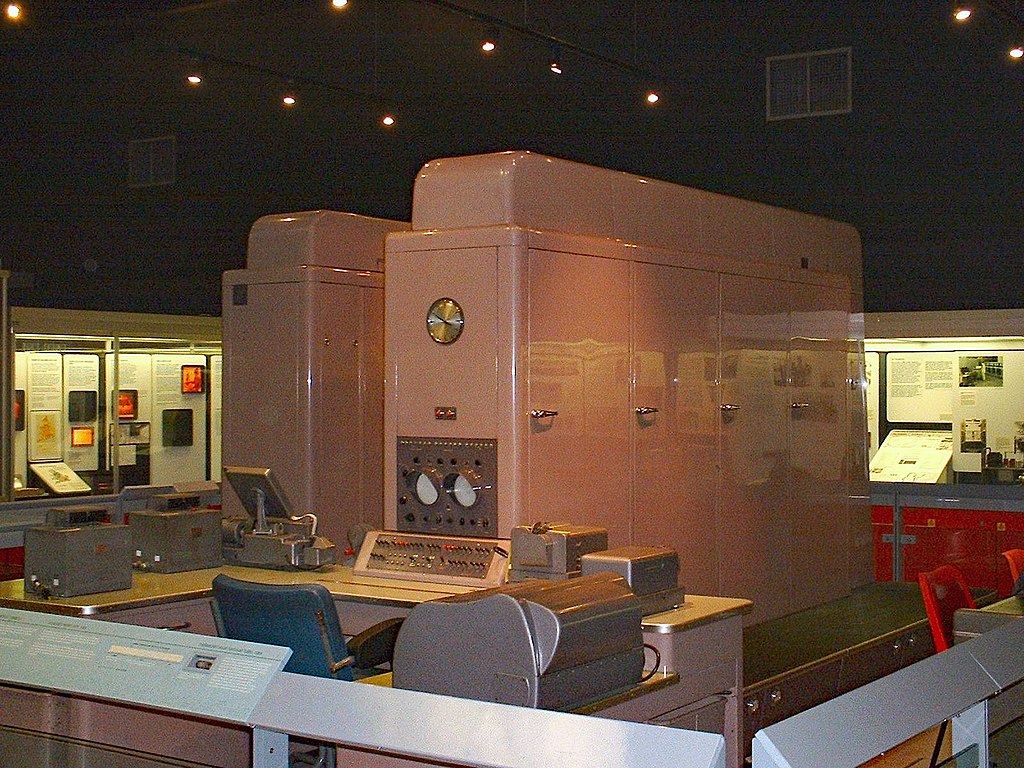History of Computers - Ferranti Pegasus
Created by Cyrus Lee

The Ferranti Pegasus was a popular early computer built the British company Ferranti in 1956 (the Pegasus 1) and 1959 (the Pegasus 2). [1]
Contents
Overview
The Ferranti Pegasus first worked in December 1959 and was used (for show mostly) until 2009 when it broke, making it one of the world’s oldest computers.[2] The computer functioned as a valve computer meaning it had vacuum tubes running through it.[3] One of the objectives of the computer was to minimize the importance of optimum programming, which made programmers arrange a computer program's instructions in memory in order to minimize the time the machine spends waiting for instructions. Because there were only 56 words directly available to the CPU for the program and the data on which it was supposed to operate on, often the programmers still had to use optimum programming.[4] The computer also originally aimed to be relatively cheap and reliable; the Pegasus 1 however cost around £50,000 for Pegasus 1 without some necessary tools, and an engineer had to work an hour or more of maintenance on it every morning before a programmer was allowed to use it.
Significance
The significance of the Ferranti Pegasus was that it showed some of the practical uses of the computer. In 1956 the first Pegasus was used to calculate the stresses and strains in the tail plane of the famous plane Saunders-Roe SR.53. In 1957, a Pegasus computer was used to calculate 7480 digits of pi which at the time broke the record. [5]
References
http://www.bcs.org/category/13670
http://www.computerconservationsociety.org/Pegasus%20Personified-1.pdf
http://www.mosi.org.uk/media/34586063/ferranti%20computers%201953-64.pdf
http://www.textfiles.com/bitsavers/pdf/ferranti/PegasusProgrammingMan_1962.pdf
http://www.sciencemuseum.org.uk/objects/computing_and_data_processing/1983-1440.aspx